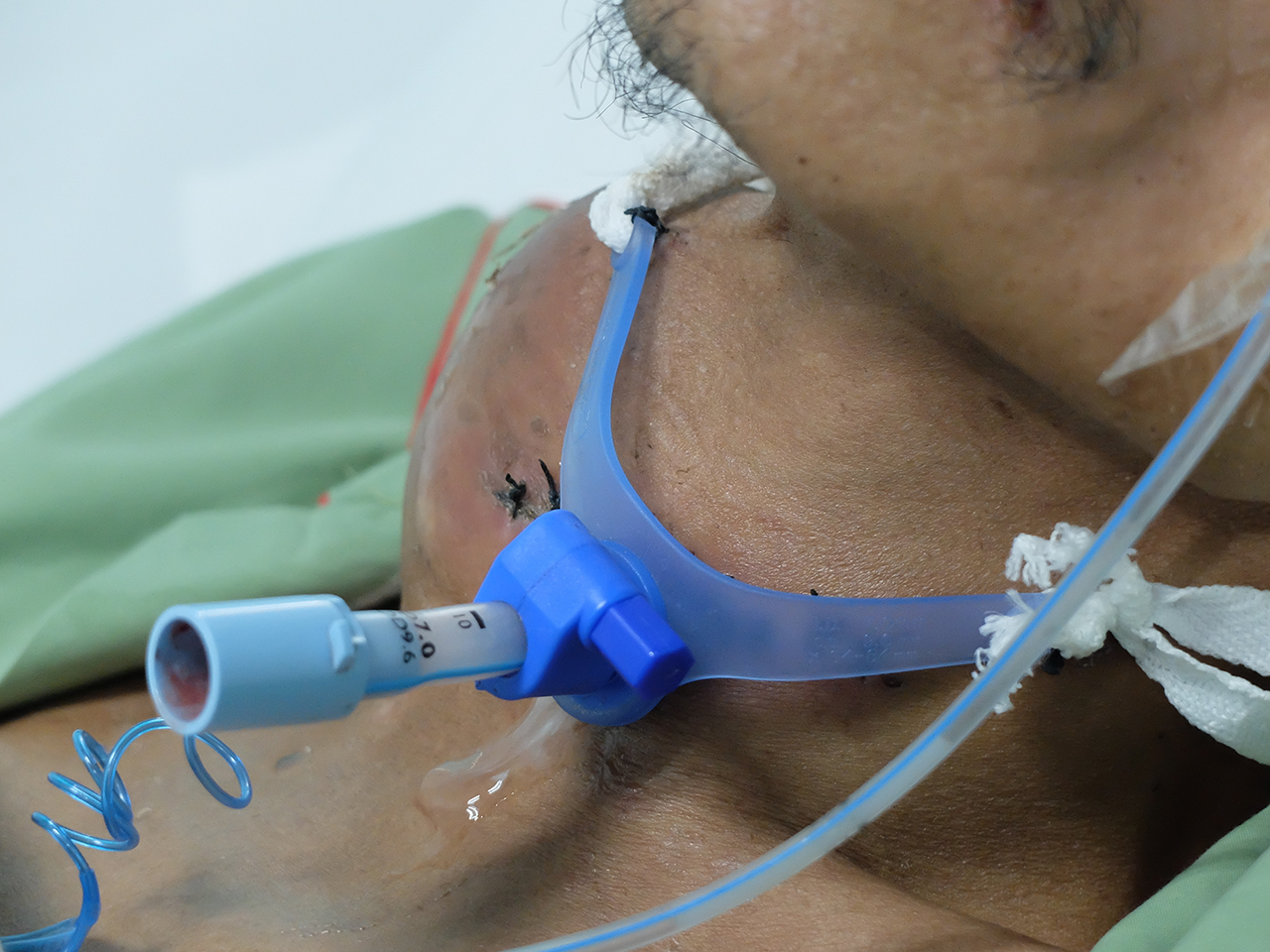Table of Contents
It involves the administering of drugs that alter the genetic instructions in cells. They either replace the missing and the abnormal genes or kills them depending on the therapy used without affecting the surrounding non-malignant cells. If you want to learn other treatment for head and neck cancer, visit the site.
Gene therapy process for Head and Neck cancer patients can be done using the following:
Oncolytic Virotherapy
Involves viruses that replicate in and kills cancer cells. In this kind of therapy, adenoviruses are used as vectors to deliver drugs. The Virus lacks viral E1B protein in which it ensures the protein cannot replicate in healthy cells. It’s normally combined with chemotherapy for better results.
Addition Gene Therapy
Here, inactivation of cancer cells is done, by introducing tumor suppressor genes. The most commonly used suppressor is p53 gene.
Suicide Gene Therapy
In this approach, a non-toxic compound is transformed into a lethal drug. It’s done by introducing the compound into the tumor cells of a bacterial/viral gene. It’s also known as gene-directed enzyme prodrug therapy.
Immunotherapy

This is introducing a gene in one’s body to help fight cancer. In the head and cancer patients, it’s done by administering cytokines an example; IL2 that leads to the production of TNF alpha- which is a tumor growth inhibitor.
Antisense RNA Therapy
This method of therapy is done by introducing antisense RNA which inhibits the RNA. RNA is complementary to the DNA; thus the tumor growth gene is controlled by them.
Monitoring the Therapy
Upon application of any of the above therapies, assessing is done using cross-sectional imaging to assess the effect on the tumor especially changes in its size.
All the above-mentioned strategies use an in vivo approach since the tumor is accessible to direct injection. Currently, the research for the best vector and method of administering therapy for long-lasting effect on long-term patients is still on-going. Though each of them has its own limitations, there is hope for better results in the future for head and neck patients.




